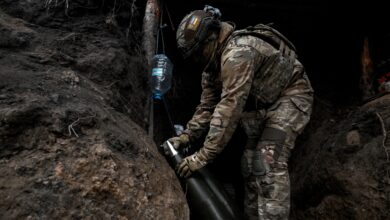Texas A&M University’s Engineering Experiment Station (TEES) has been awarded a $20 million contract by the Department of Defense (DoD) to set up a University Consortium for Applied Hypersonics. The contract has a base year and four additional option years, with a total value of up to $100 million.
The main focus of the project is on applied hypersonics research, modeling, and testing. The project will facilitate the development of academic research into practical systems, a transition which has proven challenging.
“We often have difficulty transitioning department-funded basic research from universities through industry to operational applications,” said Dr. Mark Lewis, acting deputy undersecretary of defense for research and engineering and director of defense research and engineering for modernization.
He added that the problem is particularly challenging in hypersonics, “…where multiple disciplines must intersect precisely to move forward.”
TEES was selected for the project after a “highly competitive source selection process” in which 70 schools from 48 states made submissions.
Over 40 Institutions to Collaborate
The university has already identified 41 institutions from 23 states committed to participating in the project. The DoD said numbers could rise as more institutions have expressed interest in joining the project, including from the UK, Canada, and Australia.
As part of the project, experts from 11 universities across the nation, including Texas A&M, will oversee the work and assist consortium members within and across disciplines to navigate cross-disciplinary research problems.
The Consortium will work closely with military services, defense research agencies, and government organizations such as NASA and the Energy Department to improve work processes and interdisciplinary cooperation.
Enhanced collaboration with the private sector and academic institutions will help identify promising basic and applied research work and help them transition to future systems while reducing system development timelines.












